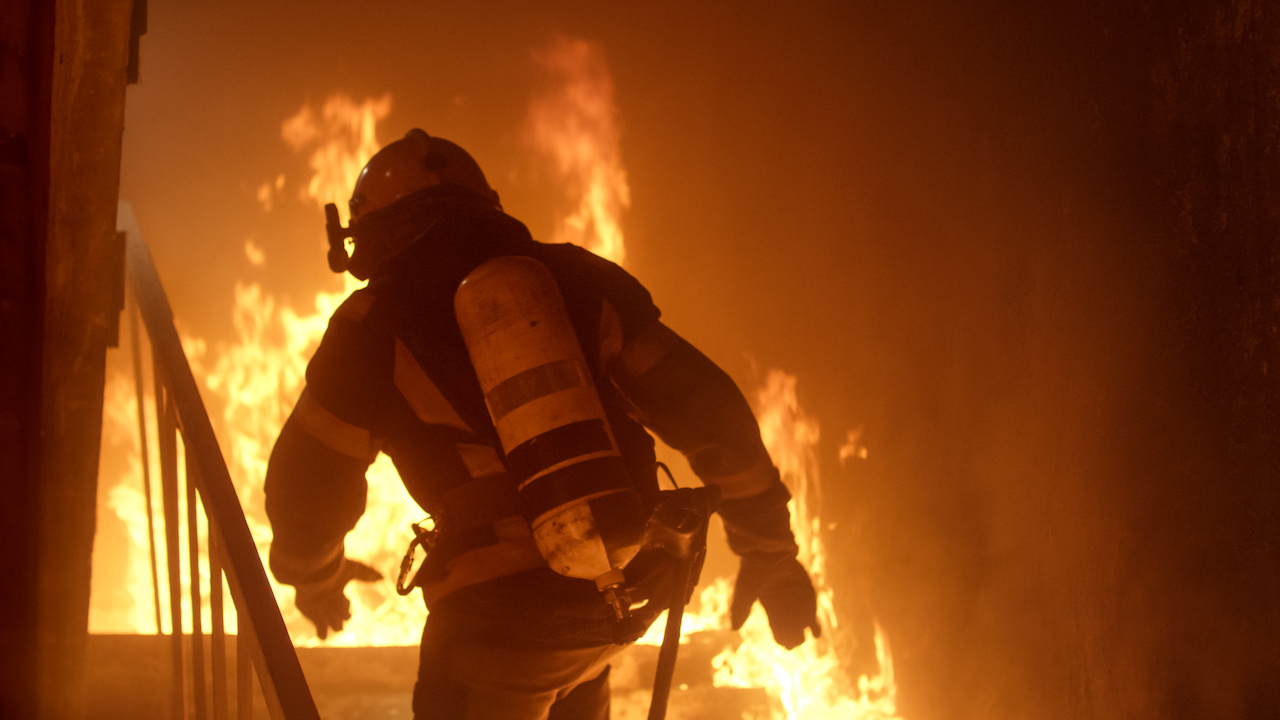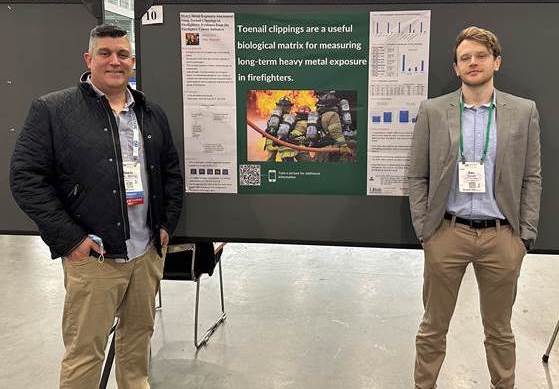- Accessibility Options:
- Skip to Content
- Skip to Search
- Skip to footer
- Office of Disability Services
- Request Assistance
- 305-284-2374
- Display:
- Default
- High Contrast
- Apply
- About UM
- Give to UM
-
Schools
- School of Architecture
- College of Arts and Sciences
- Miami Herbert Business School
- School of Communication
- School of Education and Human Development
- College of Engineering
- School of Law
- Rosenstiel School of Marine, Atmospheric, and Earth Science
- Miller School of Medicine
- Frost School of Music
- School of Nursing and Health Studies
- The Graduate School
- Division of Continuing and International Education
- Alumni
- Researchers Develop a Mathematical Framework for Knowledge Acquisition
- Conference on Drug Use Prevention Held at Gables Campus in Collaboration with Prestigious International Organization
- Study Involving a Rat Model Explores the Consequences of Childhood Obesity
- Cracking the Code of the Modernization of Mixed Model Prediction
- Sylvester’s Lead of Evidence-Based Survivorship Supportive Care Receives ABMR Early-Stage Investigator Award
- Taghrid Asfar - renowned authority on tobacco control research - promoted to Associate Professor, Tenure-Earning Track
- U Belong – A Diversity Initiative
- Can Toenails Determine Carcinogens in the Body?
- CDC Renews Funding for Study of Vector-Borne Diseases
- New P3H Program works with the Florida Department of Health to create a Self Care Toolkit
- Two PhD students of Epidemiology take part in the annual Society for Epidemiologic Research conference
- Firefighter occupation elevated to highest classification for cancer risk
- “As a Ph.D. student, I want my research to advocate for change and LGBTQ+ liberation,” Jahn Jaramillo, M.P.H.
- Patricia I. Moreno, Ph.D., Lead of Evidence-Based Survivorship Supportive Care at Sylvester Comprehensive Cancer Center and Assistant Professor in Department of Public Health Sciences at the University of Miami Miller School of Medicine, was a recipi
- The Department of Public Health Sciences at the University of Miami Miller School of Medicine receives seven-year re-accreditation
- Miller School Students Present Timely Research on Vaccines and Pregnancy at National OB-GYN Conference
- Knaul to promote health equity at Summit of the Americas
- Scholars address how climate change inflicts a toll on health
- Graduate commencement ceremonies celebrate more than 1,300 students
- Medical Student Published in Journal of the American Academy of Dermatology
- Diversity Supplement Grant from the National Institute of Mental Health
- Alessandra Maggioni, MPH student in the Department of Public Health Sciences, at University of Miami Miller School of Medicine, was awarded the first-place award for the University of Miami Graduate and Post-Doctoral Research Symposium
- Public health graduates attend annual graduation reception after two and a half years
- University of Miami and Autonomous University of Zacatecas Sign Memorandum of Understanding
- Medical Student’s Family-Building Research Published in Key Journals
- M.P.H. Student Accepted in Junior Mentorship Program of the European Menopause And Andropause Society
- Match Day 2022 Highlights Miller School Students’ Success
- Medical Student-Created Community Health Initiative Wraps Up Pilot Phase
- Researcher Invited to U.S. Capitol to Discuss National Impact of Substance Use, Addiction
- Advances in Estimating Mortality Associated With Tropical Cyclones in the US
- Sylvester Hosts Fourth Annual National Firefighter Cancer Symposium
- Sylvester Researcher Addresses Hispanic Cancer Care Disparities during Panel Discussion with Dr. Jill Biden
- Public health researchers work to build a global response to outbreaks
- Miller School Investigators Compare Recovery from Open versus Robotic Bladder Removal Surgery
- New Grant Will Support Research to Examine Cancer Risks Among Wildland Firefighters
- Mental health experts offer insights on how to overcome anxiety
- Community and Academic Partners Collaborate on Kindergarten Readiness and Graduation Rates in Neighborhoods Served by Mailman Center
- Miller School Magazine Wins Gold Award
- New Meta-Analysis Sheds Light on the Effects of Pediatric Obesity Interventions Among Hispanic Youth in the U.S.
- Department of Public Health Sciences Welcomes Dr. Elahe Nezami
- Eckembrecher family continues tradition in public health
- Employee pushes limits, commits to DCC mission
- Researchers Develop a Mathematical Framework for Knowledge Acquisition
- Conference on Drug Use Prevention Held at Gables Campus in Collaboration with Prestigious International Organization
- Study Involving a Rat Model Explores the Consequences of Childhood Obesity
- Cracking the Code of the Modernization of Mixed Model Prediction
- Sylvester’s Lead of Evidence-Based Survivorship Supportive Care Receives ABMR Early-Stage Investigator Award
- Taghrid Asfar - renowned authority on tobacco control research - promoted to Associate Professor, Tenure-Earning Track
- U Belong – A Diversity Initiative
- Can Toenails Determine Carcinogens in the Body?
- CDC Renews Funding for Study of Vector-Borne Diseases
- Two PhD students of Epidemiology take part in the annual Society for Epidemiologic Research conference
- New P3H Program works with the Florida Department of Health to create a Self Care Toolkit
- Firefighter occupation elevated to highest classification for cancer risk
- “As a Ph.D. student, I want my research to advocate for change and LGBTQ+ liberation,” Jahn Jaramillo, M.P.H.
- Patricia I. Moreno, Ph.D., Lead of Evidence-Based Survivorship Supportive Care at Sylvester Comprehensive Cancer Center and Assistant Professor in Department of Public Health Sciences at the University of Miami Miller School of Medicine, was a recipi
- The Department of Public Health Sciences at the University of Miami Miller School of Medicine receives seven-year re-accreditation
- Miller School Students Present Timely Research on Vaccines and Pregnancy at National OB-GYN Conference
- Knaul to promote health equity at Summit of the Americas
- Scholars address how climate change inflicts a toll on health
- Graduate commencement ceremonies celebrate more than 1,300 students
- Medical Student Published in Journal of the American Academy of Dermatology
- Diversity Supplement Grant from the National Institute of Mental Health
- Alessandra Maggioni, MPH student in the Department of Public Health Sciences, at University of Miami Miller School of Medicine, was awarded the first-place award for the University of Miami Graduate and Post-Doctoral Research Symposium
- Public health graduates attend annual graduation reception after two and a half years
- University of Miami and Autonomous University of Zacatecas Sign Memorandum of Understanding
- Medical Student’s Family-Building Research Published in Key Journals
- M.P.H. Student Accepted in Junior Mentorship Program of the European Menopause And Andropause Society
- Match Day 2022 Highlights Miller School Students’ Success
- Medical Student-Created Community Health Initiative Wraps Up Pilot Phase
- Researcher Invited to U.S. Capitol to Discuss National Impact of Substance Use, Addiction
- Advances in Estimating Mortality Associated With Tropical Cyclones in the US
- Sylvester Hosts Fourth Annual National Firefighter Cancer Symposium
- Sylvester Researcher Addresses Hispanic Cancer Care Disparities during Panel Discussion with Dr. Jill Biden
- Public health researchers work to build a global response to outbreaks
- Miller School Investigators Compare Recovery from Open versus Robotic Bladder Removal Surgery
- New Grant Will Support Research to Examine Cancer Risks Among Wildland Firefighters
- Mental health experts offer insights on how to overcome anxiety
- Community and Academic Partners Collaborate on Kindergarten Readiness and Graduation Rates in Neighborhoods Served by Mailman Center
- Miller School Magazine Wins Gold Award
- New Meta-Analysis Sheds Light on the Effects of Pediatric Obesity Interventions Among Hispanic Youth in the U.S.
- Department of Public Health Sciences Welcomes Dr. Elahe Nezami
- Eckembrecher family continues tradition in public health
- Employee pushes limits, commits to DCC mission






